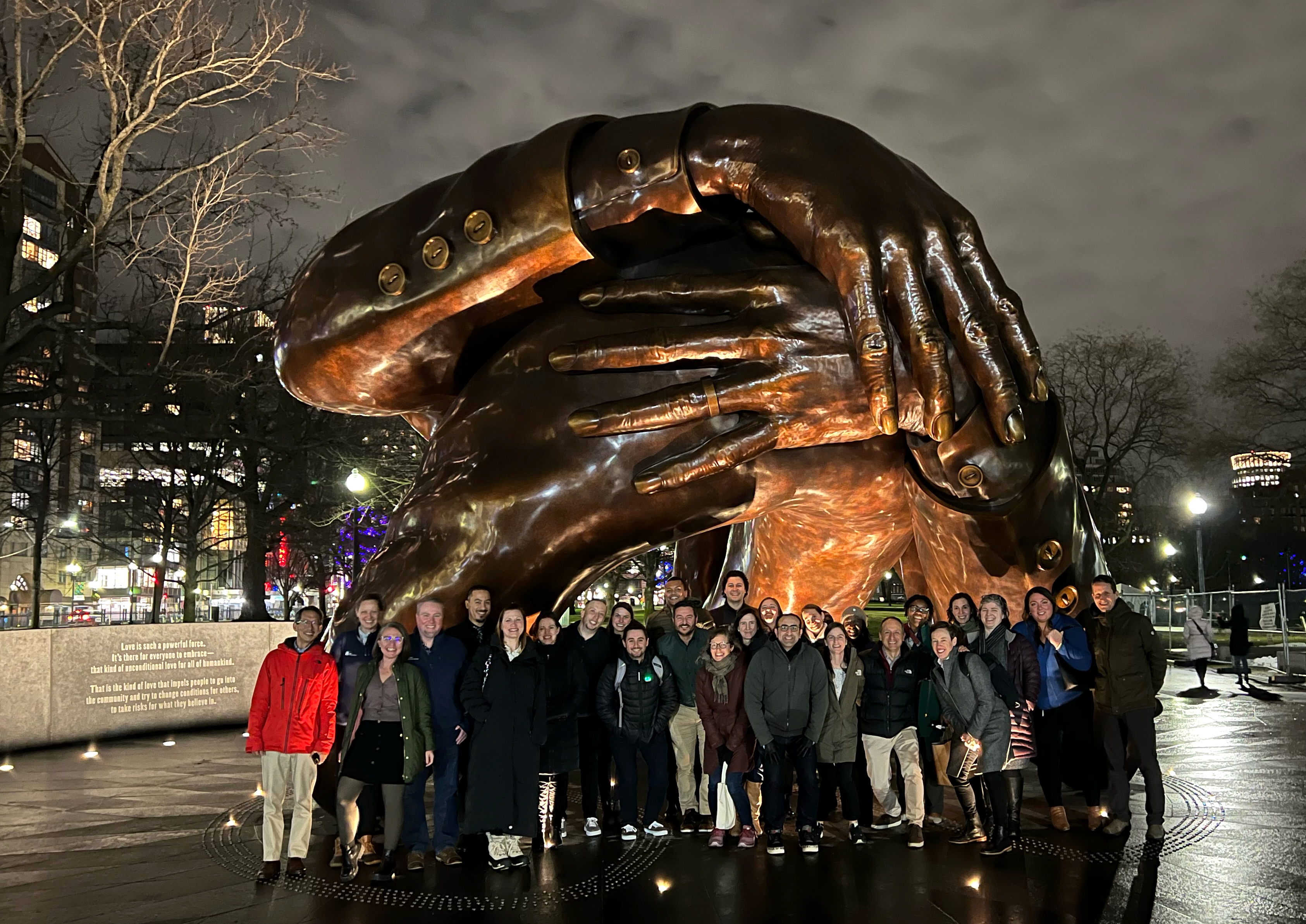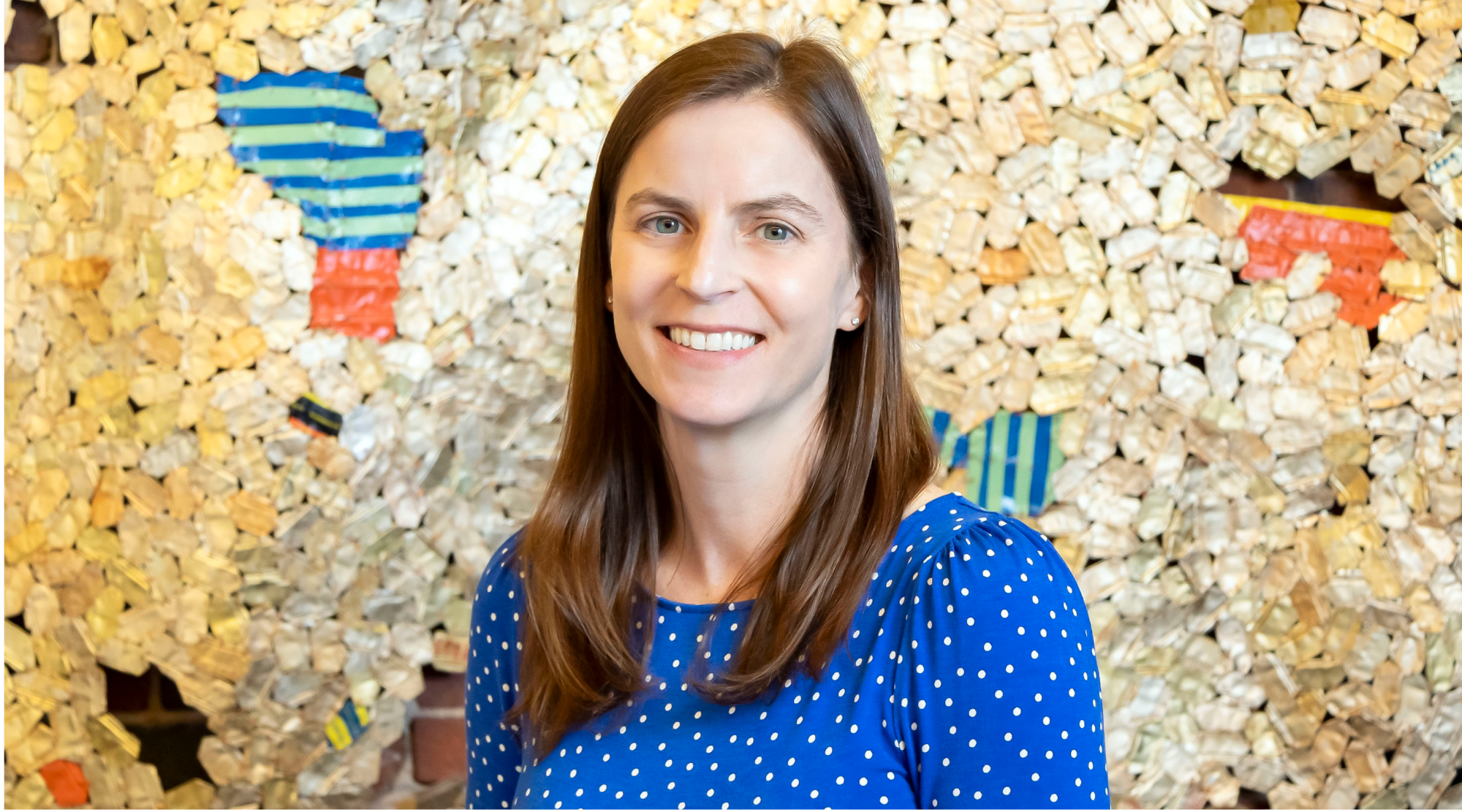Over the last several years, the Barr Foundation has been on a journey to center equity in all we do, from our grantmaking to our organizational practices. Many of our colleagues have reported on the steps Barr is taking to transform our grantmaking policies and practices. We want to turn the spotlight inward and share some work we have done to change a set of internal policies. We are two members of a staff-led task force charged with examining our employee leave policies through a lens of diversity, equity, and inclusion.
Over the course of 18 months, we engaged in many discussions, conducted research, and iterated our policies before presenting them to Barr staff and trustees. We learned a lot along the way, including how to ask better questions, examine our own assumptions, and center equity in policy design. Below, we highlight some of our key takeaways from this work with the hope that they can serve anyone looking to embark on a similar journey.
Establish shared agreements and trust.
Our group consisted of 13 people from across the Foundation – representing different programs and departments, varying tenures at Barr, and different identities. It was important for us to figure out how we were going to work together and to create an environment of trust. We started by sharing why each of us cared about this work and volunteered to participate. We also shared a story related to our experiences with the leave policies. By taking the time to share those personal connections to the work, we grew a deeper understanding of where each member was coming from and built trust within the group.
In addition, we took time to establish group norms, many of which were intentionally counter to white dominant culture. We would review the norms at the beginning of each meeting and anchor ourselves in these agreements, such as to “lean into discomfort” and “leave space for constructive silence.” Finally, we identified and rotated key roles for members to play during meetings, including a “questioner” who would help us unpack statements and challenge assumptions. Taking the time to establish trust and agreement on how the work would move forward was fundamental to our group’s success.
Make values explicit.
Quickly, we realized how rare it was for personnel policies to be explicitly grounded in values. Instead, values are absent, buried, or up to the reader to interpret. Many personnel policies (like ours were at the time) are written in legal language that clearly put the organization first.
When examining our policies, we asked: what assumptions and values do we perceive are embedded in the policies, either implicitly or explicitly? How are the policies in alignment or misalignment with the organization’s mission and values? Many of us came up with different answers to these questions, depending on how we experienced the policies and read in between the lines. Our answers also differed from the intent of the policies as expressed by leadership and human resources. This line of inquiry underscored the importance of being explicit. As a result, we created a preamble for each policy, articulating the intent and the core values driving the policy design.
For example, the following is an excerpt of an added preamble introducing the leave policy section within our employee handbook:
Design for the most marginalized to benefit all.
To generate our recommendations, we used “universal design theory,” which asserts that policies centering on the experiences of those most marginalized will be more equitable and work for everyone. We asked ourselves: who might be marginalized by each policy; who might benefit from each policy; and how might the policies be experienced differently by different people? We tried to take multiple perspectives with this analysis. We helped each other identify blind spots and play out scenarios that any one of us may have missed. We found that race, gender, class, and positional authority were some of the most prominent differences that made a difference in how people experienced the leave policies. And we found that our policies, while good intentioned, reflected a Western, Christian, patriarchal, heteronormative society. This was apparent in how our policies defined family, what holidays we celebrated, and how we differentiated maternity and paternity leave.
Engage leadership in the journey.
Importantly, we had been in open dialogue with leadership throughout our process. It can often be the case that organizations create a task force that independently does a lot of work and presents its recommendations at a high-stakes meeting. This was not that case. Instead, our dialogue with leaders was iterative–more conversation than presentation. This approach facilitated leadership learning alongside our own. It also created a shared understanding of goals for the work, guiding values, and the line of inquiry that led to our policy proposals. Leadership served as an extension of our team, taking an active role.
Where we landed (and what’s next).
In late 2020, we recommended a package of policy changes that were fully embraced by organizational leadership. At one point in that discussion, our board chair observed that we were shifting from protecting the organization to protecting our people. It was affirming to hear that, as balancing the needs of the organization with the needs of the employees was one of our goals for policy design. Our new leave policies underscore trust and flexibility. They aim to provide staff with the time they need to step away from work to take care of themselves, take care of loved ones, and uphold their civic duty.
Some notable changes include:
- An expanded definition of family across our policies;
- More flexibility with hours and remote work;
- The reframing of sick leave to health leave with an added emphasis on mental health; and
- A gender inclusive parental leave policy with added time to bond and care for a child.
Like with many task forces, it took time to hit our stride. When the pandemic hit, we made a conscious effort to keep going because we knew these efforts would have an important impact on our organization, both during the pandemic and in the years to come. We’re glad we pushed through and have already begun to see, hear, and experience the important role these policies play in supporting staff to do their best work.
We are grateful for the opportunity to serve and to learn alongside our colleagues through our participation in this action learning task force. And importantly, we are grateful for the opportunity to influence organizational change. We carry the lessons, principles, and values that guided this effort with us in our ongoing journey to center equity in our work. We know there’s always more we can do individually and collectively as an organization to reflect, empathize, challenge, and grow. In that spirit, we welcome your feedback, insights, and questions about this work.
Action Learning Task Force Members
- Mary Chalifour, Communications Officer
- Jenny Curtin, Senior Program Officer, Education
- Dave Geary, Controller
- Denise Gillespie, Director of Human Resources
- Lynn Harwell, Vice President of Administration
- Kerri Hurley, Director of Grants Management
- Jane Joyce, former Executive Assistant to the President
- Cindy Lung, former Education Associate
- Nate Mullen, former Senior System Engineer
- Emily Procknal, Program Officer, Family Philanthropy, Pilot House Associates
- Pouya Shahbodaghi, Enterprise Applications Manager
- Emily Sidla, Climate Program Manager
- Mary Skelton Roberts, former Co-Director of Climate
- Supported by consultant Beth Zemsky





